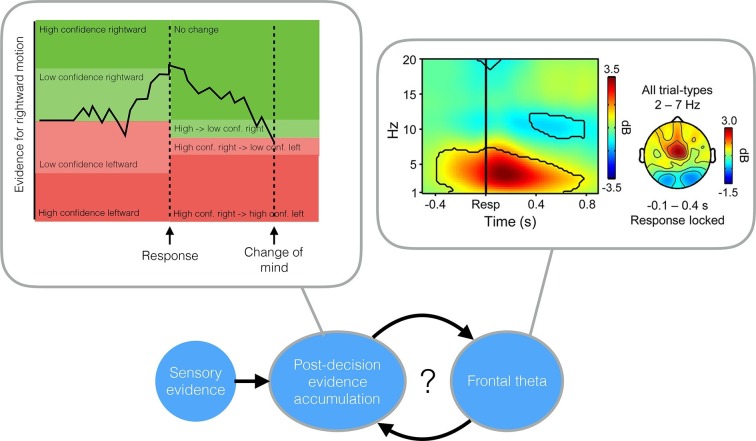Figure 1. Two studies suggest that evidence accumulated after a decision can cause a change in mind.
Top left: The evidence accumulation model used by van den Berg et al. can explain both choices and changes of mind. The black trace shows the accumulated evidence for a rightward or leftward motion response. Stronger evidence is associated with higher confidence. After the response is made (in this case, a high confidence rightward response) evidence continues to accumulate, leading to a reversal of the choice (a low confidence, leftward response). Top right: A time-frequency plot of EEG activity recorded by Murphy et al. (2015) (their Figure 3a). Recordings from frontocentral brain regions revealed an increased theta oscillation on trials in which subjects detected their own errors. This oscillation influenced post-decision evidence accumulation. Bottom: A possible mechanism that incorporates the findings of both van den Berg et al. and Murphy et al.: post-decision evidence accumulation may integrate both bottom-up signals from external sensory evidence and top-down signals in the form of the theta oscillations.

